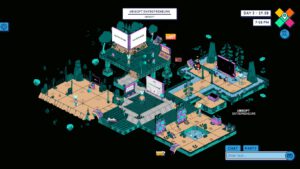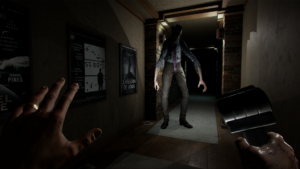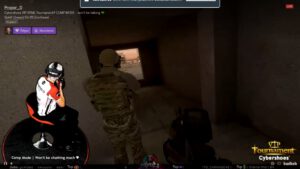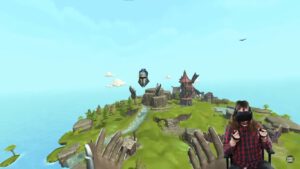Gamescom went entirely online this year. Most areas of the world’s most popular gaming event were maintained on the landing page of Gamescom Now. Gamescom Congress offered a mixture of videos on demand and live workshops on Zoom. Indie Arena Booth, Business Area and brand booths were transposed into an isometric platform for web browsers. The 4 days long video streaming stampede transformed the real-life event into a flat world, where VR lifted off for some moments.
The online presentation of Gamescom Opening Night with Geoff Kneighly signaled continuation on the move from the fair ground to the online world. The show also set an orientation for the event’s main activities this year: watch announcement trailers for upcoming game productions, watch promotion trailers for upcoming game releases, and watch developer interviews announcing upcoming game productions or upcoming game releases. But VR secured a prominent slot with a 10 minutes presentation of Oculus exclusive Medal of Honor being announced for a holiday release. New trailers and developer details clearly pointed to a full fledged triple A product exclusively made for VR, a promising incentive for deepening and expanding the VR adoption in the gaming community.
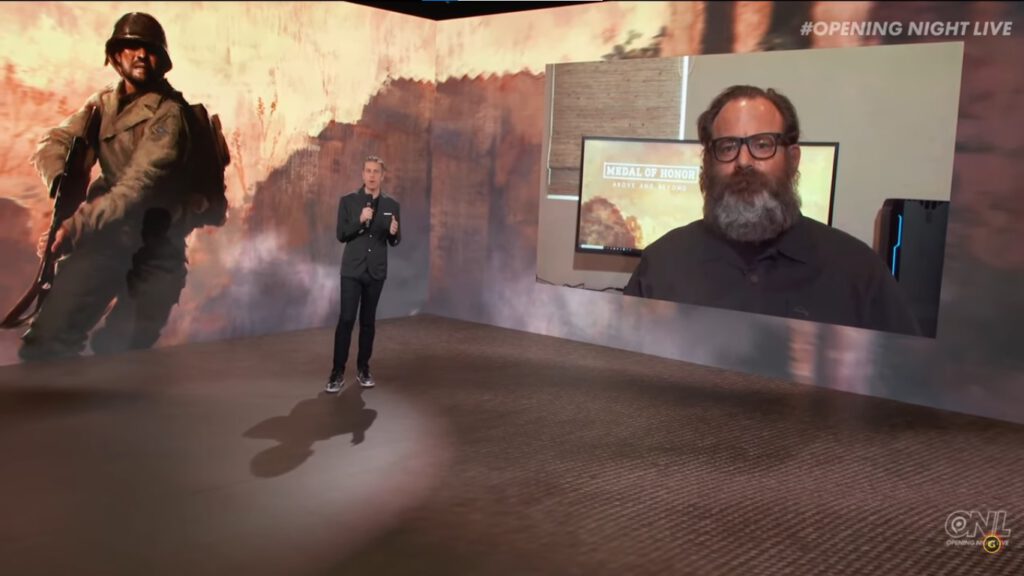
Further announcements were made for the VR exclusive Afterlife, based on the original RPG universe of the PC classic Vampire – The Masquerade, and a VR sequel of the iconic point&click comedy adventure Sam&Max. In addition to this, Gamescom promoted some well branded content with a couple of updated webtrailers for already announced VR game releases. But all announcements were restricted to webvideos, and all webtrailers announced VR games in the same manner like traditional flat games. This type of marketing addresses to consumers who already own a headset instead of attracting new adopters. There was not even a link pointing to VR products after the trailer show. In this format VR games will be seen as add-on modes in the same category like 3D-TV which may not be an effective recommendation for increasing the niche market.
Cybershoe‘s VR online tournament demonstrated that you can do better for bringing VR products closer to the streaming audience: popular VR youtubers were competing in teams against each other in VR exclusive tactical shooter Onward while using the sponsor’s VR controllers for locomotion. Cybershoe effectively promoted the VR exclusive hardware with mixed reality video streams by setting up an own Esport event in VR.
The only VR game using mixed reality videos for gameplay demonstration was Townsmen VR, a multiplayer RTS where VR puts the player in the role of a protecting god, overseeing the miniature world of traditional flatgame mechanics with hand picking interactions. While the Indie Arena Booth did not show any VR games and webtrailers hardly show off VR specific gaming features, game industry seems to move on towards the standardized integration of VR into subsets of already established genres.
I was surprised to see so many VR Arcade companies in Gamescom‘s online catalogue. Given the fact that this VR sector is on hold for the time of the pandemic, the impressive line-up of Asian and local operators looks like a reflection of times passed by, especially in the context of the digital Gamescom Now. At least, educational institutions seem to bring VR forward when promoting their game study programs with a sparkle of innovation in demo videos and research installations.
This year’s Gamescom was more like an inventory process before realizing a more curated transition into the ‘new normal’. Streaming activities helped to foster a place holder for the canceled real world event this year, but it will not be sufficient for replacing the event platform as a whole – especially not, if game industry keeps communication flat instead of folding up a platform for more palpable experiences in the digital realm. Next year’s Gamescom is already announced as a hybrid event – it could also become a junction between real life, online streams and virtual reality.


